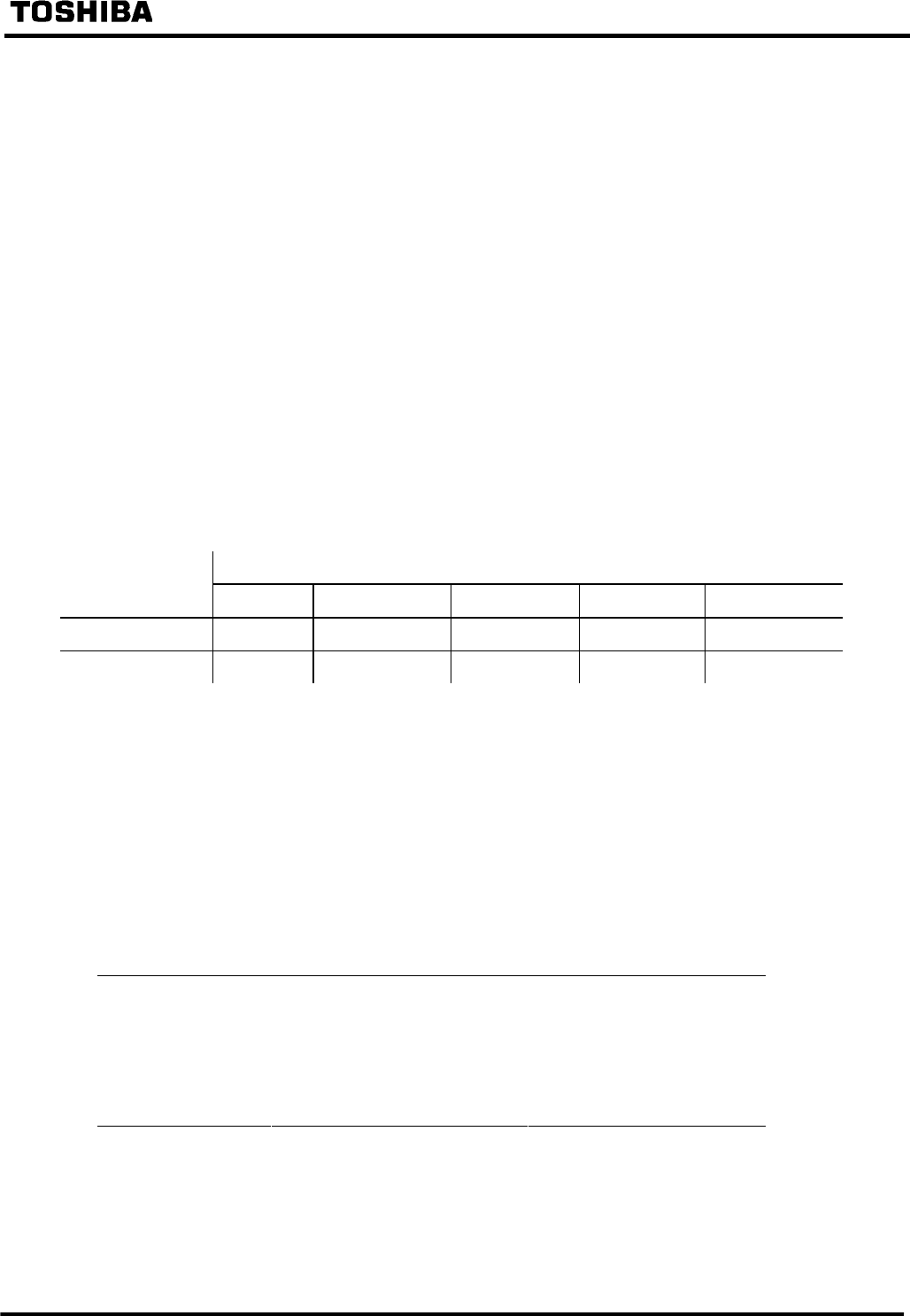
17
6 F 2 S 0 7 3 8
7. Preparation for Installation
The following issues should be considered prior to commencing installation of the system.
7.1 Selecting an Antenna and Cables
The choice of antenna and cable types should be made based on the distance from the antenna
installation site to the GPS receiver unit installation site, and also on the cabling conditions.
Coaxial cables of characteristic impedance 50 ohms are required. The signal frequency is
1.57GHz.
The antennas may be selected according to the distance between the sites. In the case of areas
where snow is prevalent, the use of pole-shaped antennas is advisable.
The maximum extension lengths of cables based on the combinations of antennas and cables are
shown in Table 7.1.1. It shows the lengths from the antenna to the GPS receiver unit.
Table 7.1.1 Maximum Extension Lengths of Cables Based on Combinations of
Antennas and Cables
Coaxial Cable Type
RG213 Fujikura 5D-FB Belden 9913 Westflex 103 Fujikura 8D-FB
GPA-017S antenna
16m 25m 35m 35m 35m
GPA-014B antenna
33m 50m 75m 75m 75m
7.2 Selecting Coaxial Cables and Conversion Adapters
N-type (NP) connectors are installed on both ends of the coaxial cables. Conversion adapters are
required, since different types of connector are fitted on the antenna, surge arrestor and GPS
receiver.
Required conversion adapters are as shown in Table 7.2.1.
Table 7.2.1 List of Conversion Adapters
Part Required conversion adapter Remark
Connector conversion
from coaxial cable to
antenna
NJ-BNCP adapter or NJ-TNCP
conversion cable (within 1 m)
Connector conversion
from the coaxial cable to
the GPS receiver unit
NJ-BNCP adapter
The 5D-FB and RG213 cables can
be fitted with a BNC-P connector,
in which case, no conversion
adapter is needed for connection
to the BNC-fitted antenna and
GPS receiver unit.


















